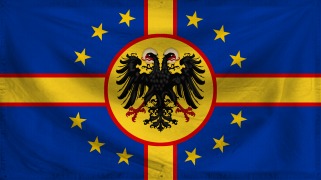Remnants of Exilvania wrote:Arvenia wrote:Regarding that, I would drop Nepal and any Boer republic. I would either be Brazil (it's uncertain if it is going to be French, Spanish, Portuguese, English, Dutch or German), Madagascar (who is in control of some Indian islands and some parts of the African mainland) or Arabia (who is either Sunni or Ibadi). Which one is better?
I think Madagascar or Arabia would give you the most options.
Brazil is missing pretty much all of its best parts and would be at the mercy of the powers around it.
Conquering the Amazon would be difficult for any of the powers involved, but yes, it's fair to say that Brazil couldn't do much without gaining an alliance with at least one of its neighbours


















